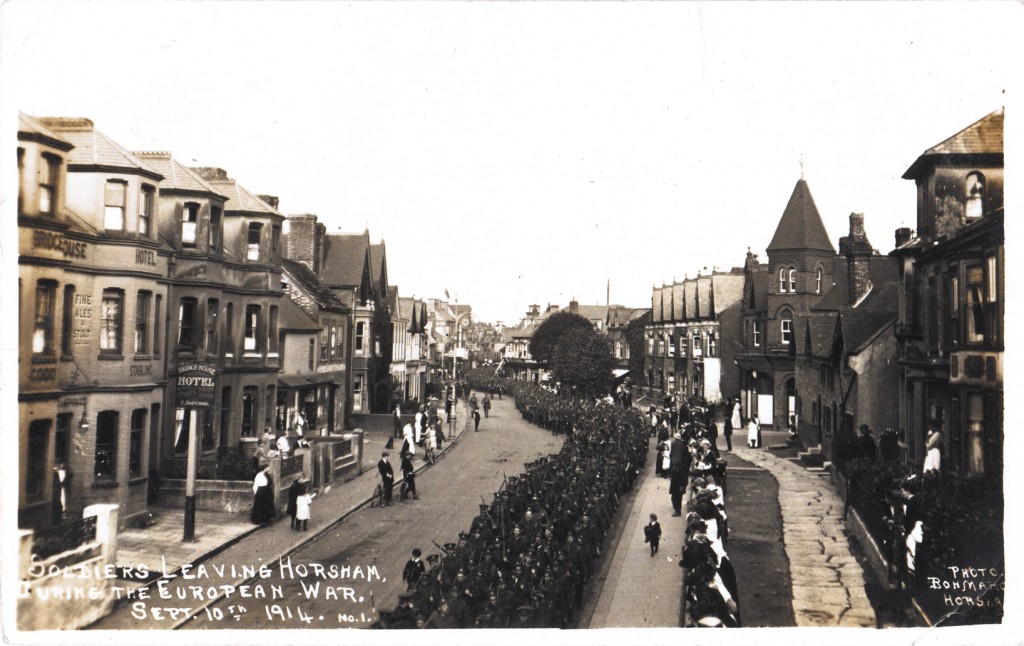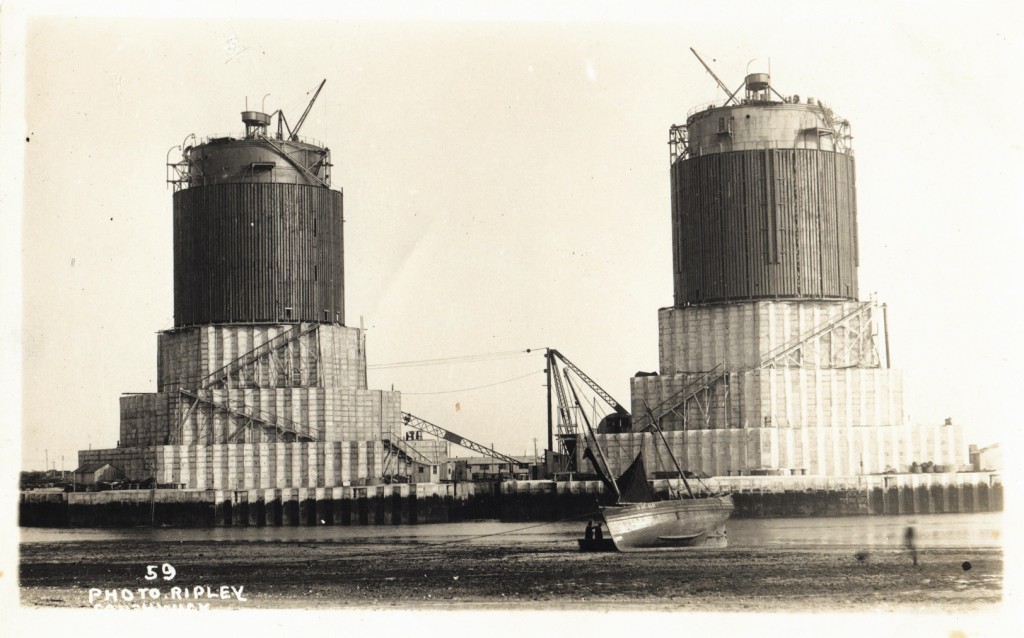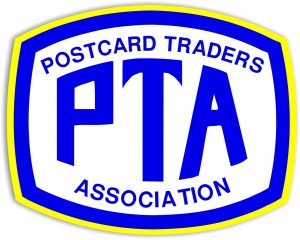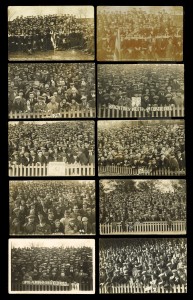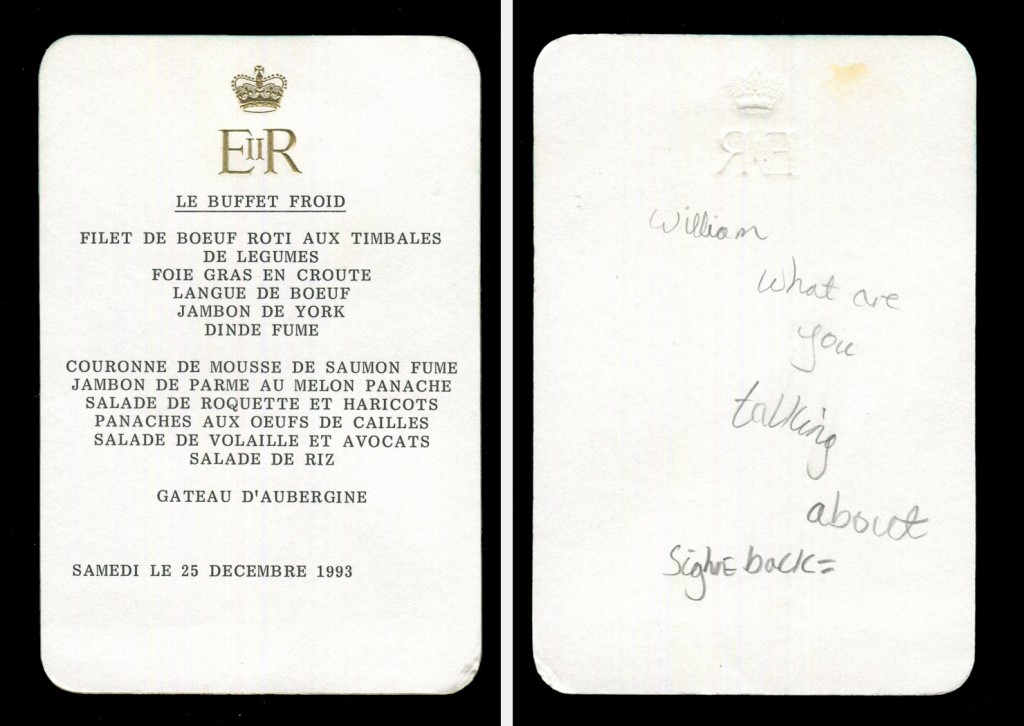
The history of an object can add value or increase an object’s saleability dramatically, which is why provenance is so important to many antique and collectable items. It was announced recently that The British Antique Dealers’ Association (BADA) is to issue provenance certificates for pieces sold by members, as part of a series of changes to modernize the trade association. In their blog announcement BADA state:
Provenance is a crucial element in the sales process and of importance to the art market at large, and for the first time, the fact that an object has been bought from a member of the British Antiques Dealers’ Association can now be recorded as part of its permanent provenance.
People also love a good story, so family history can distort or exaggerate the facts of an item’s history. For this reason, documentation detailing the history of a valuable object is often crucial. The BADA certificates will provide this in the future, in the same way that receipts and letters from times gone by help substantiate the family tale.
Many items have a story to tell without the need for provenance or family history; they are self-explanatory and often fascinating in their own right. The sales of Paper Collectables at Toovey’s are one of the specialist areas in which these items appear most frequently.
The sale on 12th August 2014 includes a group of royal menus (Lot 3333), collected by one of the royal chefs. These 150 or so menus were swept up after various state, official and other meals as a memento of the vendor’s culinary work for H.M. Queen Elizabeth II. Having worked on H.M.Y. Britannia and at Windsor, Sandringham, Buckingham Palace and Holyroodhouse, the vendor’s collection offers a fascinating insight into ‘how the other half live’. Among the menu cards is one of particular interest. Dated ‘Samedi Le 25 Decembre 1993’ and offering a list of delectable dishes, this menu is fascinating because of what is written on the back. The inscription, by a nine-year-old Prince Harry, asks of his brother: “William, What are you talking about Signe [sic] back =.” This eight-word note conjures an image of what the royal meal might have been like for a young boy eager to play with his presents on Christmas day, rather than sitting at a stuffy dinner table with conversation circulating well above the nine year old’s sphere of interest and understanding. Of course, at this date his mum, Princess Diana, would have been at the table at Sandringham.
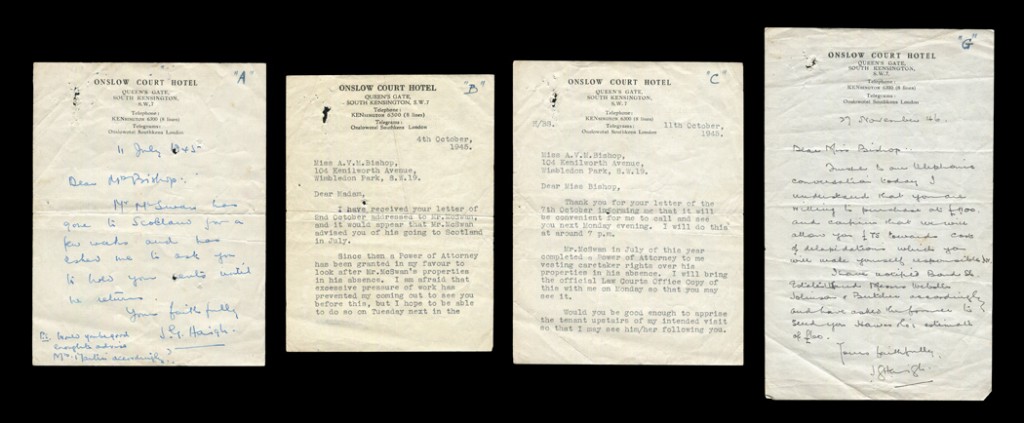
From the prince’s charming note to the villain’s devious missives, with a macabre group of four letters from John George Haigh, better known as the ‘Acid Bath Murderer’ (Lot 3339). The group of two typed letters and two autograph letters are all addressed to Miss Bishop and concern the whereabouts of Mr McSwan. Haigh had supposedly taken over Mr McSwan’s affairs so that the latter could go to Scotland to avoid the Second World War. By the time these letters were written in 1945-46, however, McSwan had already been dead for nearly a year, murdered by Haigh, who subsequently dissolved his body in sulphuric acid and poured the remains down a manhole. More victims followed, similarly dissolved in a warehouse which Haigh rented in Crawley. Further local Sussex interest is provided as, after his arrest, Haigh was remanded in custody at Horsham Police Station and was charged with murder in the nearby court house, today known as the Old Town Hall. In the courtroom it took just minutes to find Haigh guilty and he was hung for his crimes on 10th August 1949. The initials ‘A’, ‘B’, ‘C’ and ‘G’ can be seen in the top corner of each letter, inscribed by a later hand, presumably as a reference for them being used as evidence.
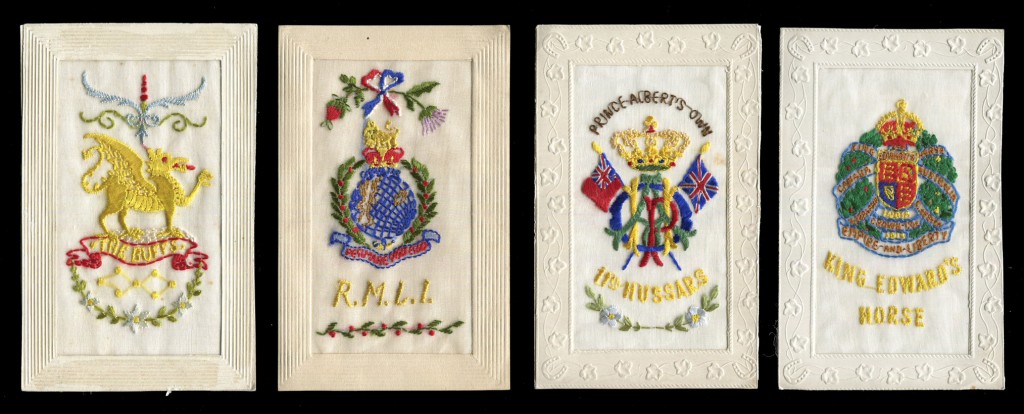
The heroes of this blog post can be found on the vintage picture postcards offered in the auction. The outbreak of the First World War was during the Golden Age of postcard production and so many of the postcards provide either a visual or written commentary of the war years. These first-hand accounts might be seen in group portraits of troops prior to leaving for the horrors of the war, or in the images of bomb-damaged cities. They could also be in the brief, censored messages sent home from the front line on the back of French embroidered silk postcards, like those seen in Lot 3192. Postcards and ephemera can provide valuable primary sources for those researching and studying the era. A revealing glimpse into one side of the First World War is presented in Lot 3153, a collection of 24 postcards, the majority of Münster Prisoner of War Camp. Including postcards of the Detention Block and Officer’s Mess, this group of postcards provides a visual snapshot of everyday life in a prisoner-of-war camp during the Great War.
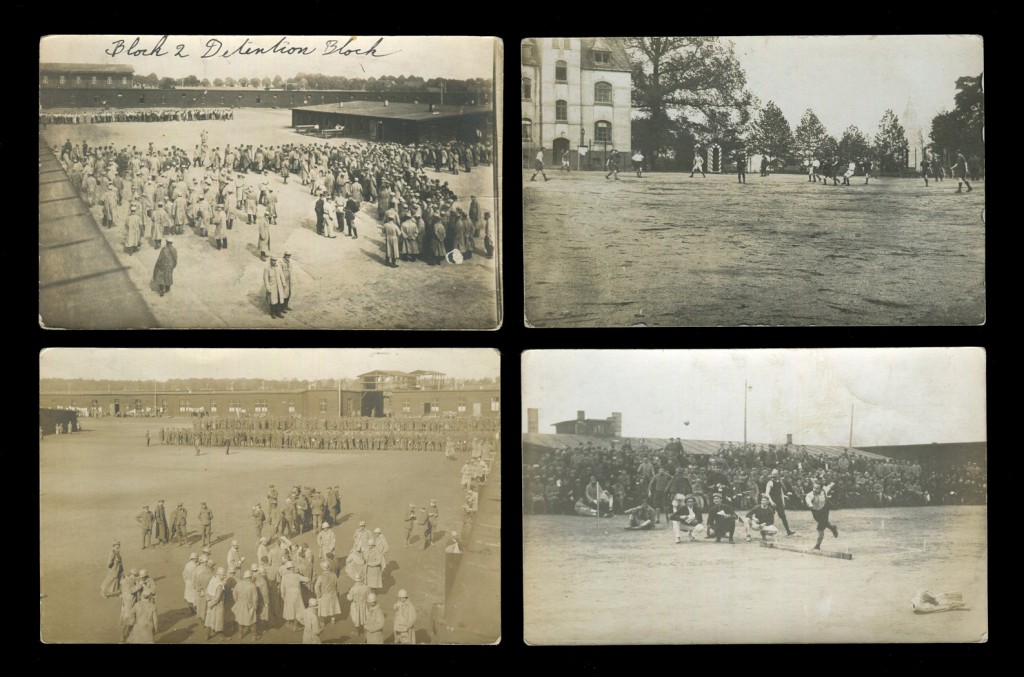
The Sale of Paper Collectables on 12th August starts at 1.30pm. Viewing for the auction is on Saturday 9th August between 9.30am and 12 noon and on Monday 11th August between 10am and 4pm. With about 350 lots of Stamps, Postcards, Cigarette and Trade Cards, Photographs, Autographs and Ephemera on offer, there is plenty in this auction for collectors and traders to choose from, hopefully meaning they will live happily ever after!
